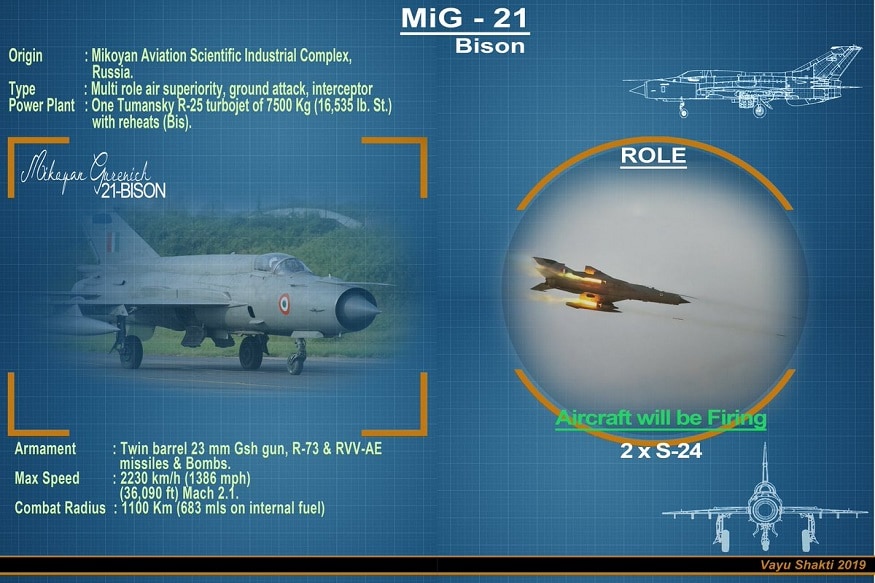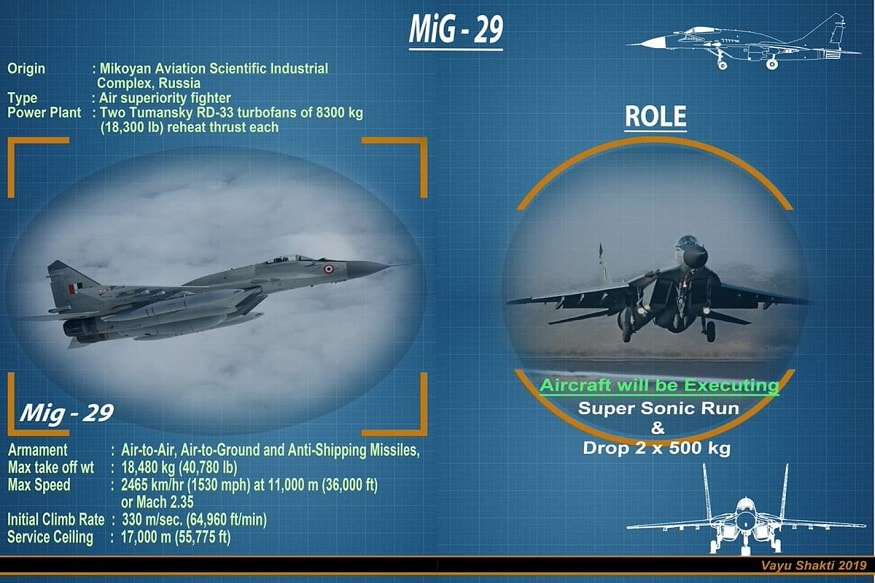Dassault Rafale Is Arriving: Here's A Look At IAF's Mighty Fighter Jet Fleet- TEJAS, Sukhoi And More

The first batch of five Rafale fighter aircrafts will reach India today evening, after covering 7000-km long journey from France, the home country of Dassault Aviation, maker of Rafale jets. The five jets comprising of 3-single seater and 2-double seater configuration landed safely in Al Dhafra airbase in the UAE yesterday after a 7-hour sortie from France.
The jets will today reach Indian airspace and will be formally inducted in the Indian Air Force on July 29 at the Ambala Airbase, strategically located near the LoC to avert any misadventure from across the border.
The fighter jets, manufactured by France-based Dassault Aviation, are twin-engine multi-role fighter aircraft. These are nuclear capable and can engage in both air-to-air and air-to-ground attacks. With the arrival of the Rafale, the IAF's firepower is set to increase multi fold.
Play Video
Here’s a list of all the active fighter jets used by the Indian Air Force, from Sukhoi Su-30MKI to the TEJAS LCA and now, the Rafale.
Rafale
India had signed an inter-governmental agreement with France in September 2016 for procurement of 36 Rafale fighter jets at a cost of around Rs 58,000 crore. The aircraft is capable of carrying a range of potent weapons and missiles and the first squadron of the aircraft will be deployed at Ambala air force station, considered one of the most strategically located bases of the IAF. The Indo-Pak border is around 220 km from there. The second squadron of Rafale will be stationed at Hasimara base in West Bengal. The Rafale is a modern fighter jet known for its agility, speed, weapon holding capacity and attack capability. The Dassault Rafale has a delta wing design and is capable of g-forces as high as 11g (in case of emergency). The Rafale is available in both single and dual seating cabin (India ordered 28 single and 8 dual seater Rafale).

Mirage-2000
The Mirage-2000 is undoubtedly one of the Indian Air Force's (IAF) most versatile and deadliest aircraft and it was first commissioned in 1985. Soon after inducting the Mirage, IAF gave it the name – Vajra – meaning lightning thunderbolt in Sanskrit. The Mirage-2000 is developed by Dassault Aviation and took its first flight in 1978 and was inducted in the French Air Force in 1984. India placed an initial order of 36 single-seater Mirage-2000 and 4 twin-seater Mirage 2000 in 1982 as an answer to Pakistan buying the US-made F-16 fighter jets by Lockheed Martin. The Mirage-2000 played a decisive role in the 1999 war of Kargil and seeing the success of the jets, the government in India placed an additional order of 10 Mirage-2000 planes in 2004, taking the total tally to 50 jets.
HAL TEJAS
India has long borrowed its fighter jets from countries like Russia, France and Britain under a license agreement to manufacture it locally by Hindustan Aeronautics Limited. However, back in the 1980s the HAL started the Light Combat Aircraft (LCA) programme to replace the ageing Soviet sourced MiG-21. With India’s former Prime Minister giving the LCA its name – Tejas – the 1st indigenously built fighter aircraft was inducted in the Indian Air Force with the IAF placing a 20 jet order initially and the 1st Tejas Squadron was formed in 2016 called the Flying Daggers. Till now IAF has placed an order of 40 Tejas Mk 1, including 32 single-seat aircraft and eight twin-seat trainers. IAF has also initiated procurement of a further 73 single-seat fighters in Mk 1A configuration.

Mikoyan MiG-21
The first supersonic jet aircraft in aviation history, the MiG-21 is one of the most known fighter jets on Earth. Having served 60 countries over a course of 60 years, the MiG-21 is still in service in many countries, including India. In 1961, IAF opted for the Mikoyan-Gurevich Design Bureau made MiG 21 and since then has bought more than 250 estimated units of this incredibly competent planes. While the 21s played a pivotal role in the 1971 India Pakistan War, they are currently being used only as Interceptors with a limited role as fighter jets and IAF will soon replace the remaining units of the MiG21 Bison with the TEJA. The MiG 21 has a single-seater cockpit with a maximum speed of 1.05 Mach (1300 kmph).
Sukhoi Su-30MKI
The Sukhoi Su-30MKI is the most advanced fighter jet in operation with the Indian Air Force and is the primary air to air and air to ground strike machine. Also known as Flanker (NATO), the Su-30 MKI is built in India by HAL under a license agreement with Russia’s Sukhoi. The Su-30MKI is exclusively used by India and there’s an estimate that IAF has 290 operational units of 30MKI till now. The first unit was inducted in 2002. The Sukhoi Su-30MKI has a top speed of Mach 2 (2120 kmph) and has a maximum take off weight of 38,800 kg. The jet can carry a wide range of equipment from radars to missiles, bombs and event rockets.

SEPECAT Jaguar
The SEPECAT Jaguar is a fighter jet developed together by British Royal Air Force and French Air Force. Only the Indian Air Force is currently using the upgraded Jaguar in active duty. The SEPECAT Jaguar is known as Shamsher and serves IAF as primary ground attack aircraft. Indian Jaguar is quite different from the RAF’s Jaguar and are built locally by HAL under a license agreement. IAF recently upgraded its entire fleet of Jaguars by adding Avionics support. The only problem with the Jaguar is its inability to fly high altitude with heavy load onboard.

Mikoyan MiG-29
Last on our list is another Soviet Mikoyan-Gurevich Design Bureau produced MiG called the MiG 29. Introduced in the 1970s to counter U.S. F-Series planes like F-15 and F-16 the MiG29 is known as Baaz (Hindi for Hawk) and forms the second line of defence after the Sukhoi Su-30MKI. The MiG-29 is exported to more than 30 nations, India being the first and one of the largest exporters of this jet. The IAF currently uses the upgraded MiG-29 UPG, the most advanced MiG-29 variant ever. The MiG29 were used extensively during the Kargil War by the Indian Air Force to provide escort for Mirage-2000 attacking targets with laser-guided bombs.



No comments:
Post a Comment